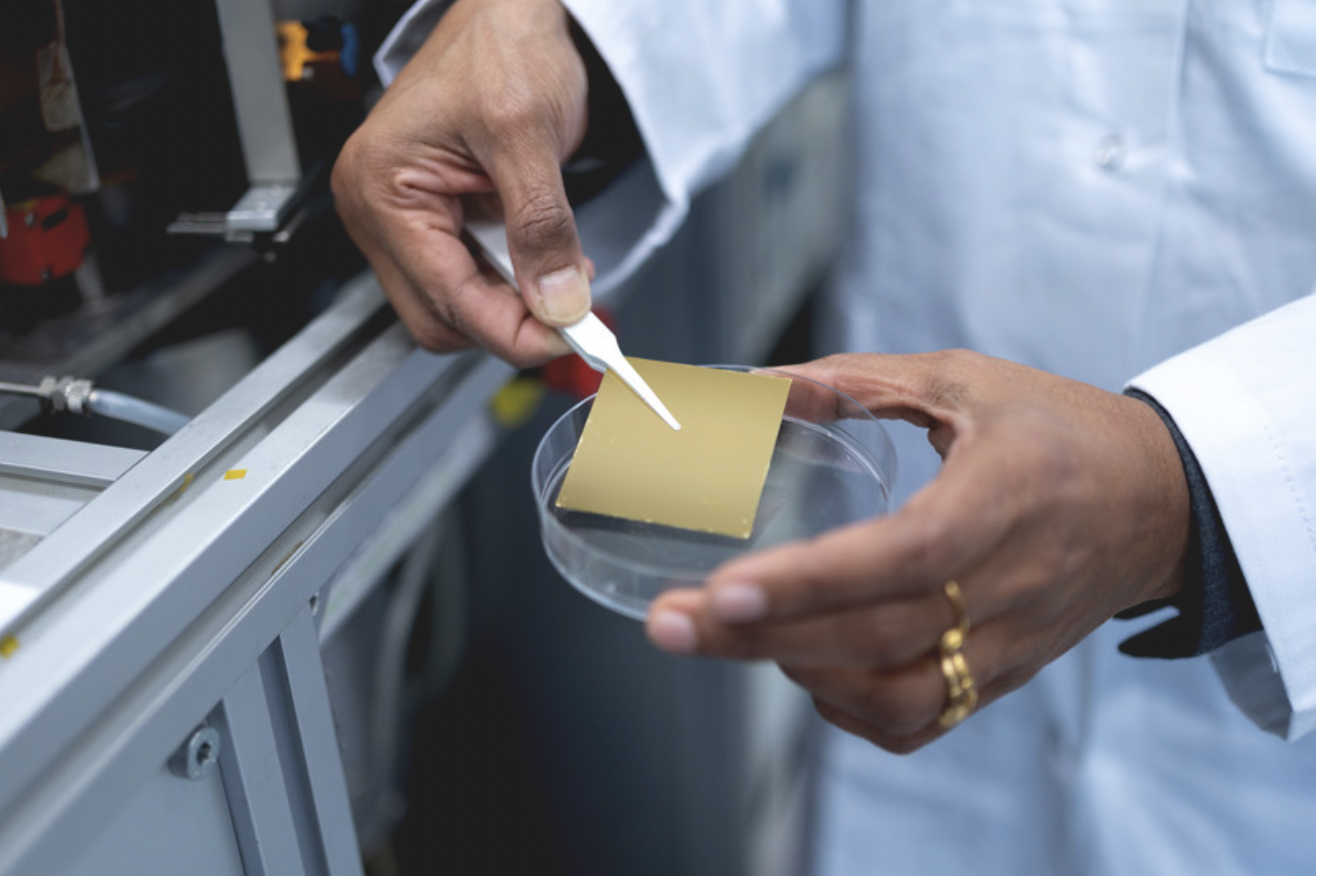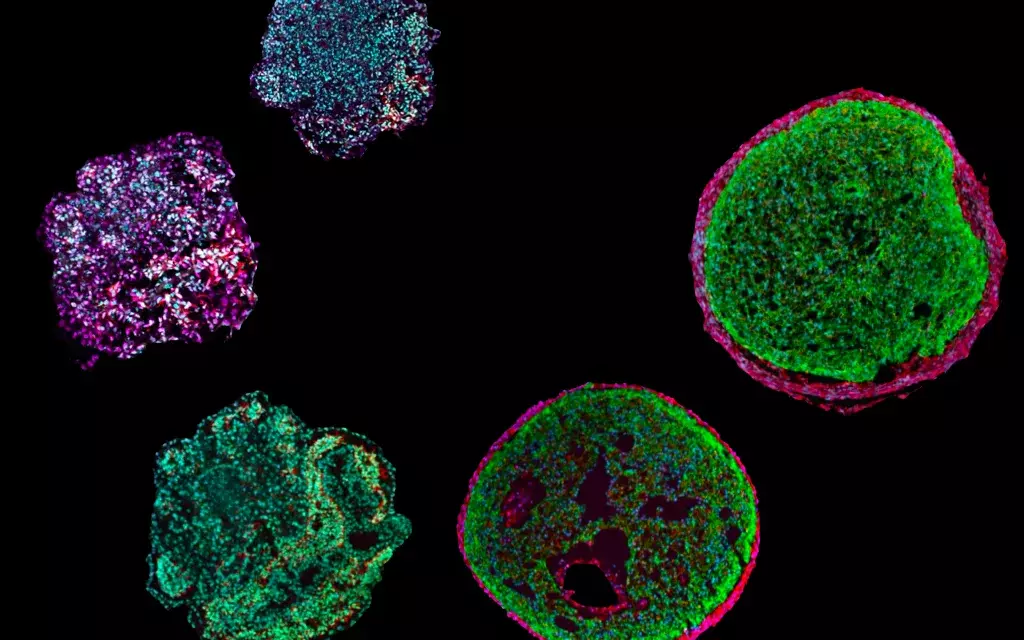
For even more efficient desalination of seawater or better performance of new types of fuel cells, researchers at the Ruhr University Bochum have produced a layer of 2D silicon dioxide. This contains natural pores and can therefore be used like a sieve for molecules and ions. Details were published in the journal “Nano Letters“.
Consisting also of researchers from Bielefeld University and Yale University, the team has taken advantage of the fact that the crystal lattice of 2D silica naturally has openings. With the help of these openings, certain gases can be separated from each other.
“Silicon dioxide naturally has a very high density of tiny pores that you couldn’t create in artificial membranes. Unlike graphene, the pores are all nearly the same size. And there are so incredibly many of them that the material behaves like a fine-mesh sieve for molecules”, says Petr Dementyev of the Bielefeld-based Physics of Supramolecular Systems and Surfaces group.
Atomic Layer Deposition
2D silica has been known since 2010. However, its production was very expensive and only possible on a small scale. The new manufacturing process uses so-called “atomic layer deposition” to deposit a single layer of silicon dioxide on a gold surface. High-pressure processes are used to convert the layer into its two-dimensional form. Gas flow through the 2D membrane was then studied in a vacuum chamber.
While evaporated water and evaporated alcohol penetrate the silicon dioxide layer, nitrogen and oxygen are retained, the results show. Before the 2D silica can be used in practice, however, it remains to be evaluated exactly how many different molecules attach to the material surface or how they can penetrate it, the scientists say.
Foto: A scientist applies the 2D silica layer – which is not visible to the naked eye – to a gold surface. © RUB
Read next: Alcohol might soon be made with porous liquid membranes instead of via distillation
Selected for you!
Innovation Origins is the European platform for innovation news. In addition to the many reports from our own editors in 15 European countries, we select the most important press releases from reliable sources. This way you can stay up to date on what is happening in the world of innovation. Are you or do you know an organization that should not be missing from our list of selected sources? Then report to our editorial team.






